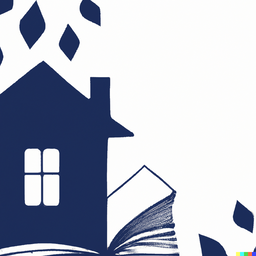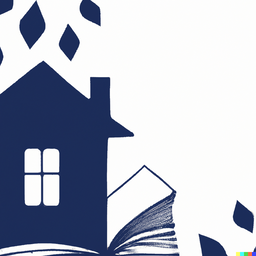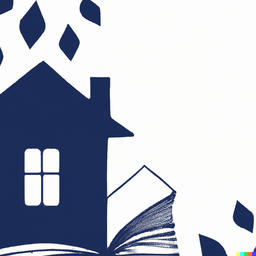
How does the novel play with the form of the book itself as a physical object?
Mark Z. Danielewski’s postmodern horror novel House of Leaves employs avant-garde typography and page layout techniques that consciously transform the reading experience by making the book itself a dynamic physical space. Analyzing how Danielewski innovatively manipulates the form of the printed page provides insight into his larger literary themes of instability and disorientation.
The Spatial Transformation of Text - Conveying Supernatural Distortion
Danielewski frequently utilizes unconventional columned page layouts, colored fonts, and spatial arrangement of text to convey the supernatural distortion of the house’s inner dimensions. Words that span at askew angles or curve into spirals literally enact the spatial contortions they describe, drawing the reader’s gaze askew.
Shattered Fourth Walls - Footnotes, Debates, and the Constructed Nature of the Book
Footnotes embedded in complex, multi-voiced debates about events further shatter any transparent fourth wall. The constructed nature of the book we hold is foreground, as we navigate and assemble its fragmented narratives. Danielewski implicates the reader within the obsessive need to impose order.
From Text to Space - Pages as Uncomfortably Enclosed Spaces
Ultimately pages themselves transform into uncomfortably enclosed spaces through claustrophobic clusters of text, echoing the dark passageways and rooms the characters confront. The printed word made physical repels understanding like the haunted house resisting comprehension.
Visceral Descent - Danielewski's Artistic Canvas and Unsettling Truths
House of Leaves fully harnesses the book form as artistic canvas through disorienting typography and spatial manipulation to viscerally enact the characters’ psychological descent. Danielewski’s innovations piercingly convey that language likewise fails to fully capture unsettling truths.
Popular posts
-

Unofficial Sparknotes Guide to "House of Leaves" by Mark Z. Danielewski
November 2nd, 2023
-

Chapter Summaries of "House of Leaves"
November 2nd, 2023
-

Character Analyses in "House of Leaves"
November 2nd, 2023
-

Themes in "House of Leaves"
November 2nd, 2023
-

Notable Quotes from "House of Leaves"
November 2nd, 2023
-

Discussion Questions for "House of Leaves"
November 2nd, 2023